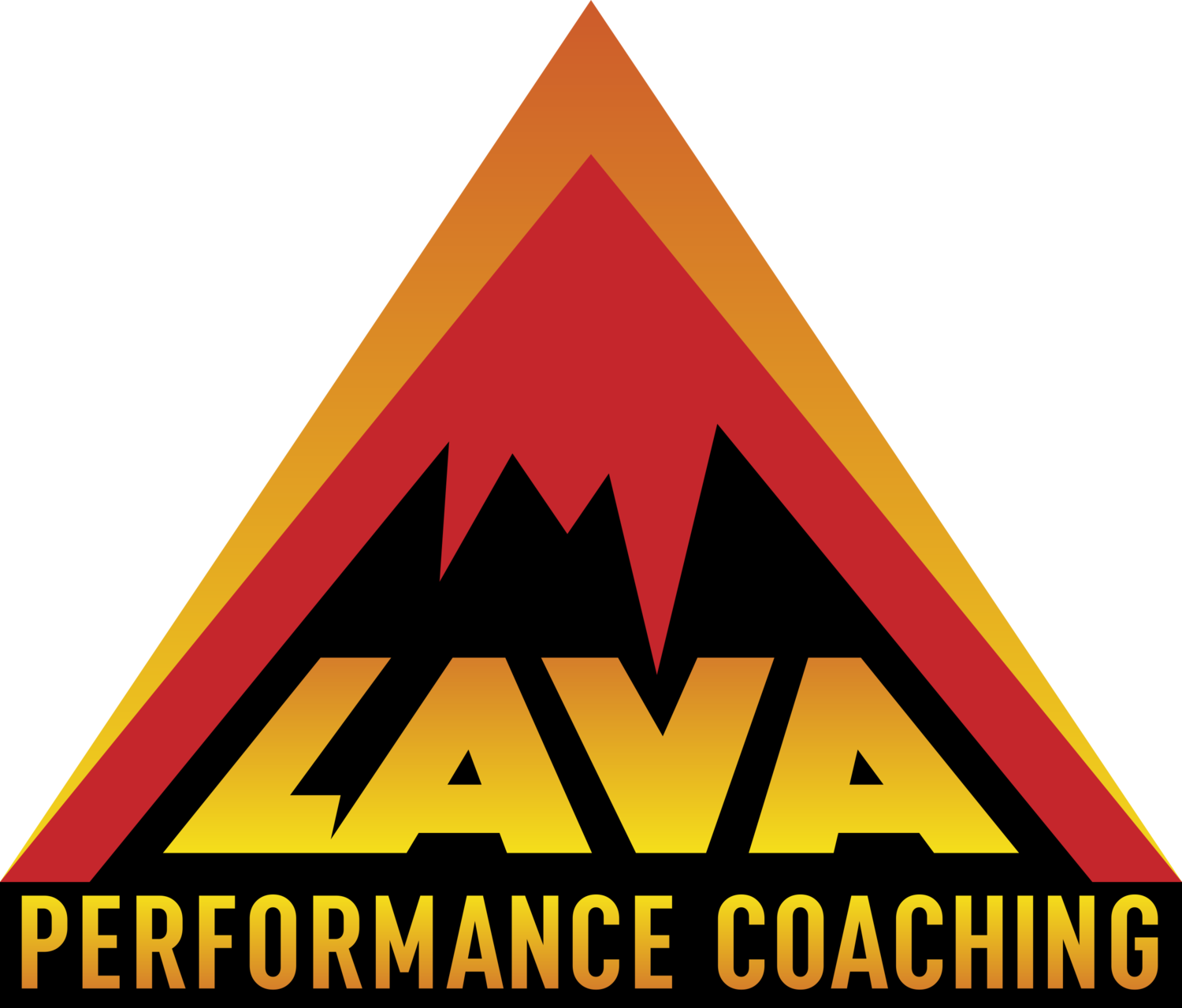How to Eat to Stay Injury Free & Lose Weight
Click to Listen: Audio Blog: How To Eat to Stay Injury Free & Lose Weight
March brings the first signs of spring training and the reality that another race season is quickly approaching. Some of us have been chipping away at the miles over winter, and others are starting to build their seasonal base.
Either way, the miles and the amplitude are about to ramp up for all of us! This is a good time to remember best practices to stay injury free when the load increases.
Most of us know that increases in mileage and intensity need to be done in a planned and measured way to reduce the risk of injury, but besides adding volume strategically, we need to also add calories strategically.
One of the main causes of injury - especially stress fractures, during an increase in mileage, or a high-volume or high-intensity period, is a lack of calories to support the training demand.
It might be tempting to start restricting calories at this time to shed some of those winter/holiday pounds, but doing so can be risky without some strong principles in place.
Taking a daily periodized approach to fuelling our bodies and our workouts can help ensure you are getting enough energy to support your workouts, the adaptations that will follow, and the recovery that is necessary.
A great way to plan your daily nutrition needs is to first plan the calories and type of macronutrients you need before, during and after your workout that day. If you nail the pre-workout meal or snack, include the correct fuelling during the session (if required), and include a recovery snack, drink or meal post-session, you are at a much lower risk of developing an injury due to volume or intensity.
That is to say, that if you must cut corners in your diet to facilitate changes in body composition, cut them anywhere else but here!! Support your training session and recovery needs first, and consider where else in your daily diet you can make adjustments.
I generally follow a pyramid approach to calorie density and portion size throughout the day, with the bulk of my carbs consumed starting in the morning and tapering off during the day, and an inverted pyramid approach to protein intake, with the bulk of my protein taken after training sessions and into the evening meal.
Breakfast, and second breakfast, always include a healthy dose of carbs, even on rest days, along with protein and fats. Every meal should include all three of these macronutrients, but you can influence changes in body composition based on the ratio and time of day.
Ensure you get your carbs in first thing in the morning. I generally have a breakfast that is about 70% carbs and 30% protein and fats (not as a measurement, but as a proportion of my plate or bowl).
My lunch plate is about 50% carbs and 50% protein and fats. Dinner is heavier on the protein and lighter on the carbs. Protein is also my go-to snack in the evening as there is some scientific research to suggest the body will use this macronutrient to aid in its nightly repairs.
If I have a morning session I may have a snack before or rely on my breakfast for fuel, and always follow it up with a recovery snack high in protein with some carbs included.
If your session lands during lunch or in the evening, you can rest assure that you got the carbs you need in to support that session during breakfast, and you can add a pre-session carb snack, session fuel, and recovery snack as necessary, depending on the needs of that specific session.
Finally, be cautious when cutting calories on rest days. Your body needs this fuel to make adaptations and repair. Without these processes we are not getting out or our sessions what we are putting in. To loosely quote Dr. Shona Halson, "We only get out of our training what we recovery from."
Happy meals & miles!
From Coach Charlotte
